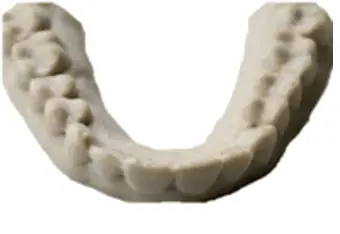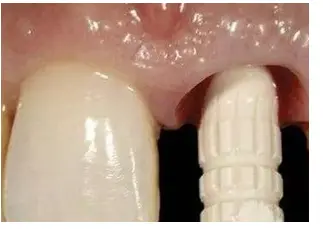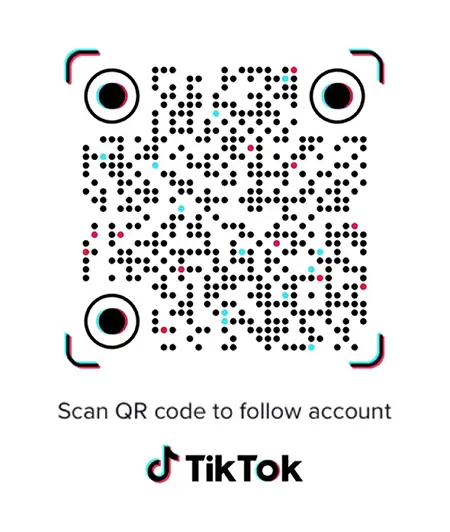What are 3D printing medical devices?
Medical 3D printing is increasingly adopted in clinical and healthcare research activities. It involves additive manufacturing, which is the physical replication of anatomical structures using 3D printing. The patient-specific model for 3D printing is derived from MRI and X-RAY. The structures to be printed are then described in a digital computer model.
How 3D printing medical devices work
3D printing in medical institutions has helped solve many problems in patients’ health, which may seem complicated. Unlike the traditional methods that involved processes like grinding, carving, and molding, it has an advanced manufacturing technique that creates three-dimensional objects by creating layers of raw materials such as metals, ceramics, and plastics.
Objects are first produced from a digital file known as computer-aided design (CAD), allowing the manufacturer to quickly make changes and design the product in the required form. 3D printing medical devices can create devices with complex geometries, such as knee replacement with porous structure, allowing tissue growth. They are designed with the ability to create a whole product at once.
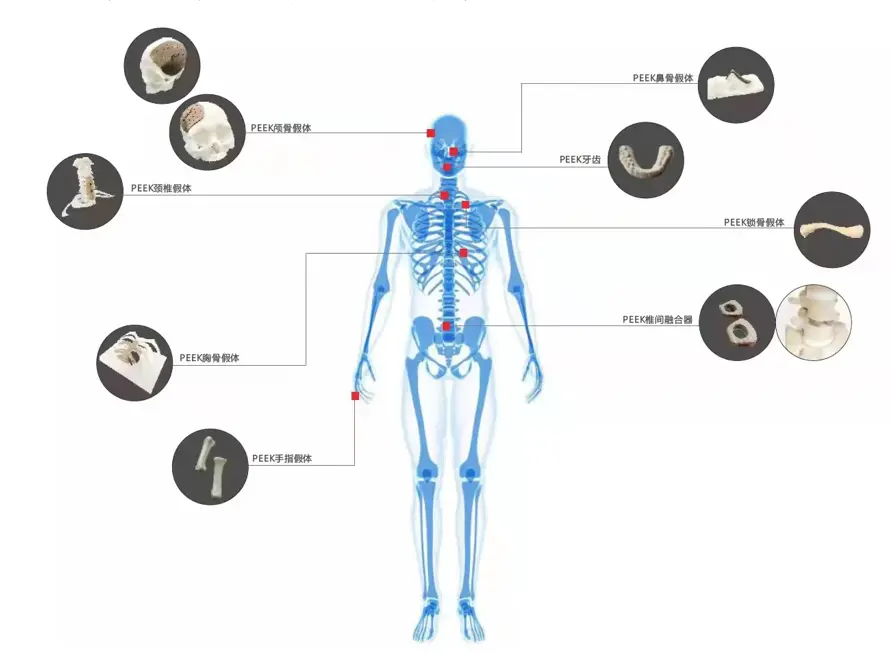
Applications of 3D printing medical devices in the medical industry
- 3D printing on customized research in the medical industry
Researchers in the medical field also use bioprinters to create cellular and tissue constructs such as skin grafts and organs though the applications are still in experimental phases. It is believed that 3D printing medical devices being continuously improved in the medical field will make medication more affordable for patients and make work easier for doctors while performing their duties on patients.
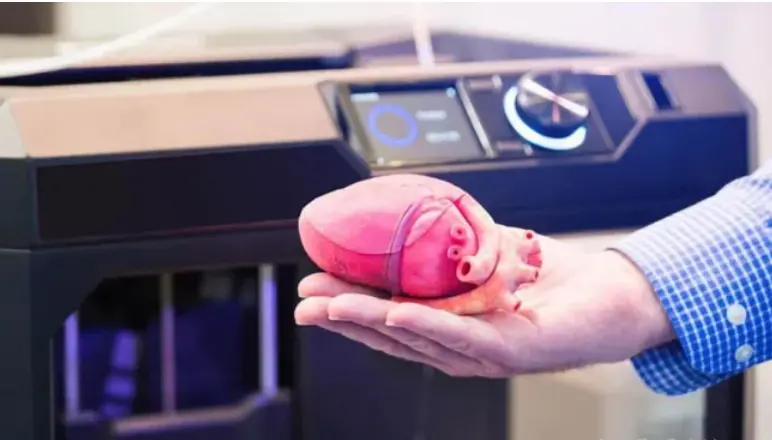
- 3D printing for detailed software visualization
3D printing medical devices are used in the medical industry to create critical items such as medical equipment, devices, and prosthetics. Objects are first designed using 3D software before being printed. This helps visualize scans and projects to develop a perfect strategy for medical procedures.
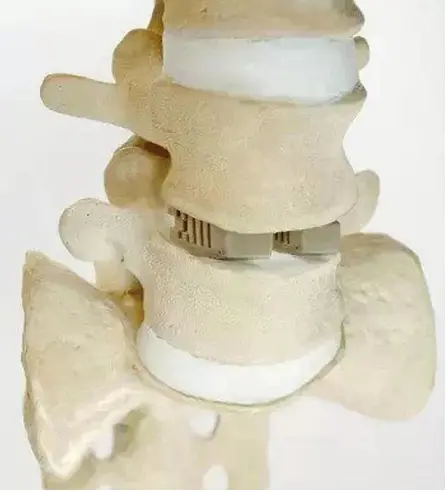
- 3D printing for bone and joint reconstruction
3D printing medical devices are used in bone and joint reconstruction. Additive manufacturing is done to create customized implants instead of one-size-fits, which may take much time to attend to emergency cases that need a quick response. In this sector, 3D printing is used for; jaw reconstruction, hip reconstruction, knee replacement, facial construction, and breast reconstruction. It is also used in healthcare to rebuild joints and other body parts in synthetic form.
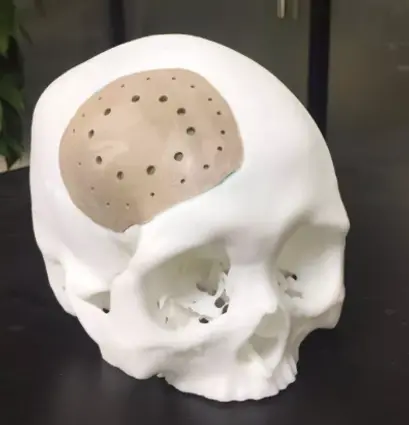
- 3D printing for dental applications
Dentists also use 3D printing medical devices in the medical field to come up with customized solutions for their patients. Dentists use 3D-printed dentures and braces per the patient’s X-ray scans to help come up with a final product that matches the patient’s natural teeth. 3D printing helps dentists develop correct adjustments of design before being placed in the thermoforming machine for clear alignment of the printed product to achieve the patient’s specific final product.
